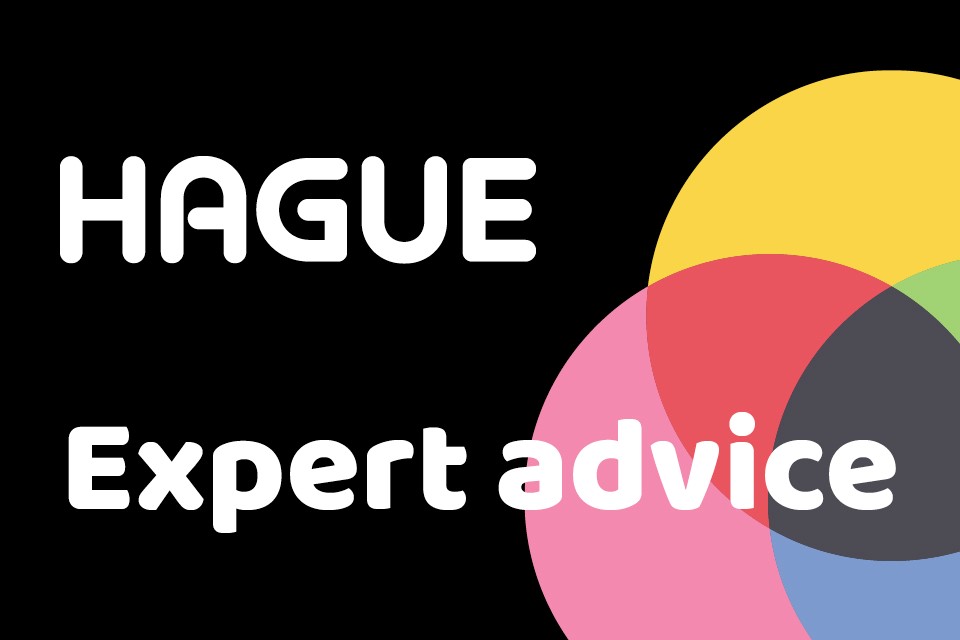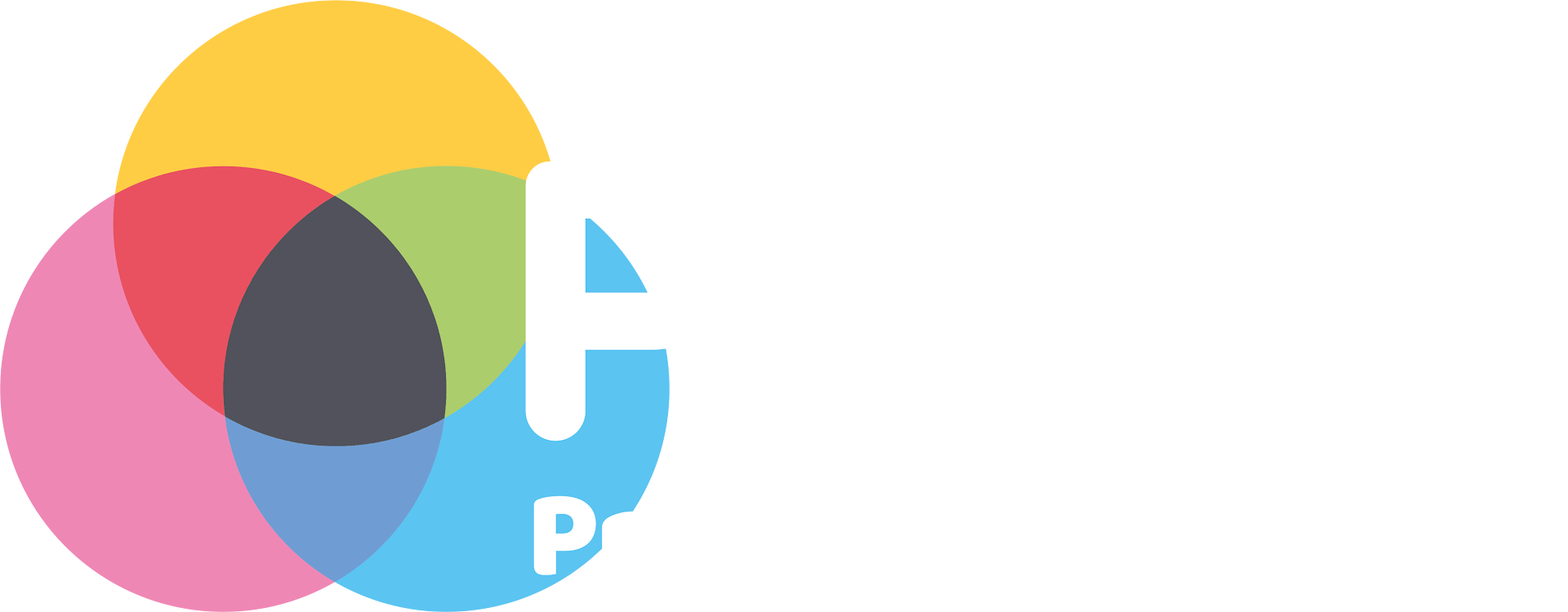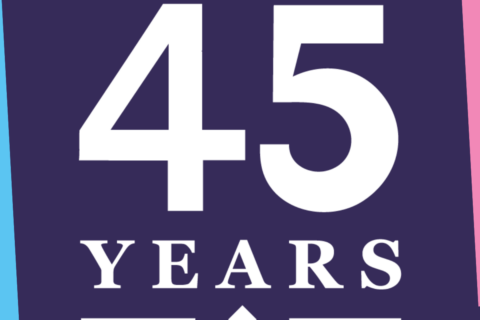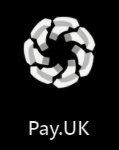Graduate designs new food labels that could tell you when food is out of date

As a nation we throw away more than four million tonnes of edible food and drink, worth over 12 billion pounds every year, something one graduate decided to tackle with food labels.
Solveiga Pakstaite, who recently graduated from Brunel University, has invented a new type of label that she says will help blind people, and others, better understand if their food is safe to eat. The labels – which would be used in addition to printed labels displaying the official best before date – contain bumps that change shape when produce deteriorates.
The triangular food labels, designed to be affixed to the corner of food packaging, are created using another food product, gelatine. The choice of gelatine is due to the fact that it deteriorates at the same rate as the food in the packaging. As the food goes bad the gelatine turns to liquid and a new set of bumps can be felt on the food labels. This is because the gelatine is sealed into a sheet of plastic and when the gelatine melts it reveals the bumps below.
Because the gelatine is also a food product, it behaves in the same way as food would in response to changing temperatures. So if food is kept refrigerated, it will remain solid for longer, but if food been heated up, in transport for example, the bumps will indicate that the food is already past its best.
“I have basically taken another food to tell you what is happening to the food inside the package”, Solveiga said, “It is just that this type of food [gelatine] has the unique property of changing states and gelatine has this property of when it completely expires, it releases its bonds because all of the bacteria has eaten those bonds and it turns back into a liquid. So when you run your finger over the top, you can feel the bumps underneath. It is really simple – it is a sandwich which breaks down and reveals the bumps underneath.”
The innovation has garnered widespread attention, winning the James Dyson award, however it’s unclear exactly how it would be implemented into large-scale production food labels.
















